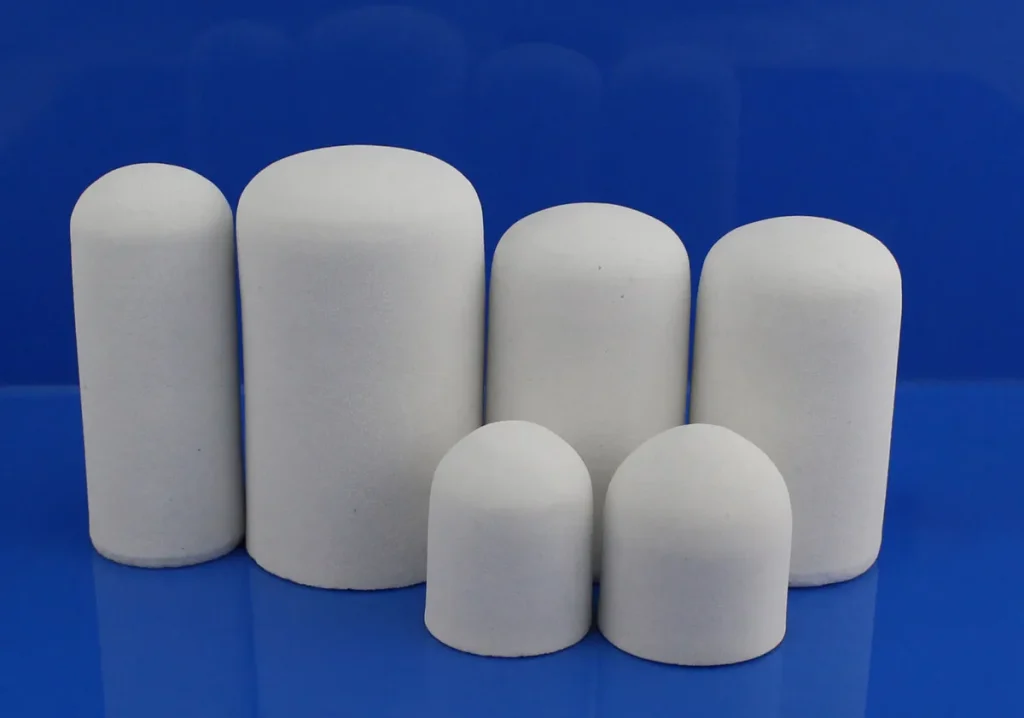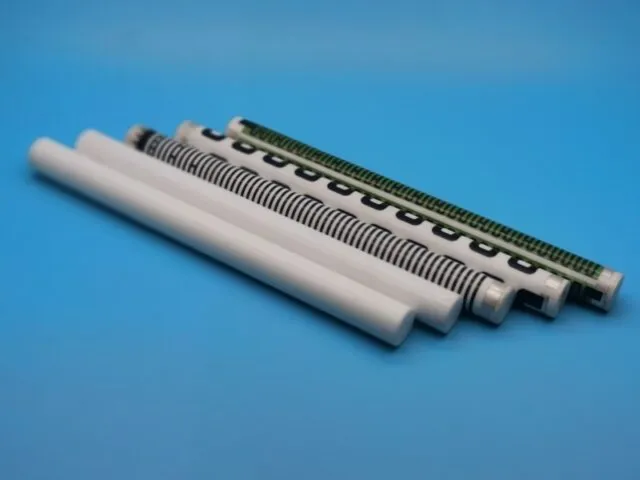Microporous ceramics are functional structural ceramics characterized by a high volume of tiny open or closed pores, typically micron or sub-micron in size, distributed within their structure or on their surface. This unique architecture endows them with valuable properties like adsorption, permeability, corrosion resistance, environmental compatibility, and biocompatibility. Consequently, they see broad application in filtering diverse liquids and gases, as well as serving as enzyme carriers and biocompatible substrates. Their use is particularly significant in environmental engineering, including industrial and domestic water treatment and sewage purification.
The growing emphasis on energy, resource management, and waste treatment (“three wastes”), coupled with advancements in high-tech sectors like biochemicals, fine chemicals, and energy materials, drives demand for superior liquid/solid separation technologies. Microporous filtration, offering high separation precision and operational efficiency, is thus gaining increasing prominence.

Microporous Ceramics
Key Features of Microporous Ceramic Filter Tubes:
Intricate Pore Structure: Countless uniformly distributed, interconnected micropores create slender, tortuous pathways. This network provides excellent permeability and capillary action. Solids tend to form “arch bridges” across pore openings, minimizing impact on flow rates.
Robust Performance: These tubes withstand high temperatures, resist corrosion, and maintain structural integrity without deformation. They are easy to clean, regenerate, and boast a long service life. Crucially, they leach no harmful substances, preventing secondary pollution.
Simple Regeneration: Maintenance is straightforward. Typically, a simple backflush with water or compressed air every three months (after sediment settles) restores the tube to near-original condition for continued use.
Broad Industry Use: Common applications span refining, chemicals, synthetic rubber, textiles, pharmaceuticals, and food processing.
Why Microporous Ceramics Excel in Filtration:
The inherent advantages of microporous ceramic materials – high porosity, low flow resistance, controllable pore sizes, ease of cleaning/regeneration, and exceptional resistance to heat, pressure, and aggressive chemical media – secure them a substantial market across numerous sectors. Filtration technologies and devices utilizing these ceramics as the filter medium effectively tackle challenging filtration scenarios involving high temperatures, pressures, strong acids/bases, and chemical solvents. They deliver high filtration accuracy, excellent product cleanliness, and offer the practical benefits of easy cleaning combined with durability.
This combination has led to widespread adoption in petroleum, chemicals, pharmaceuticals, food & beverage, environmental protection, and water treatment. Their longevity, heat resistance, and corrosion resistance make filtration ceramics indispensable for separating solids in domestic sewage and industrial wastewater, and crucially, in treating high-temperature flue gases for the separation of CO₂, NOₓ, SO₂, nitrogen, and other gases.



